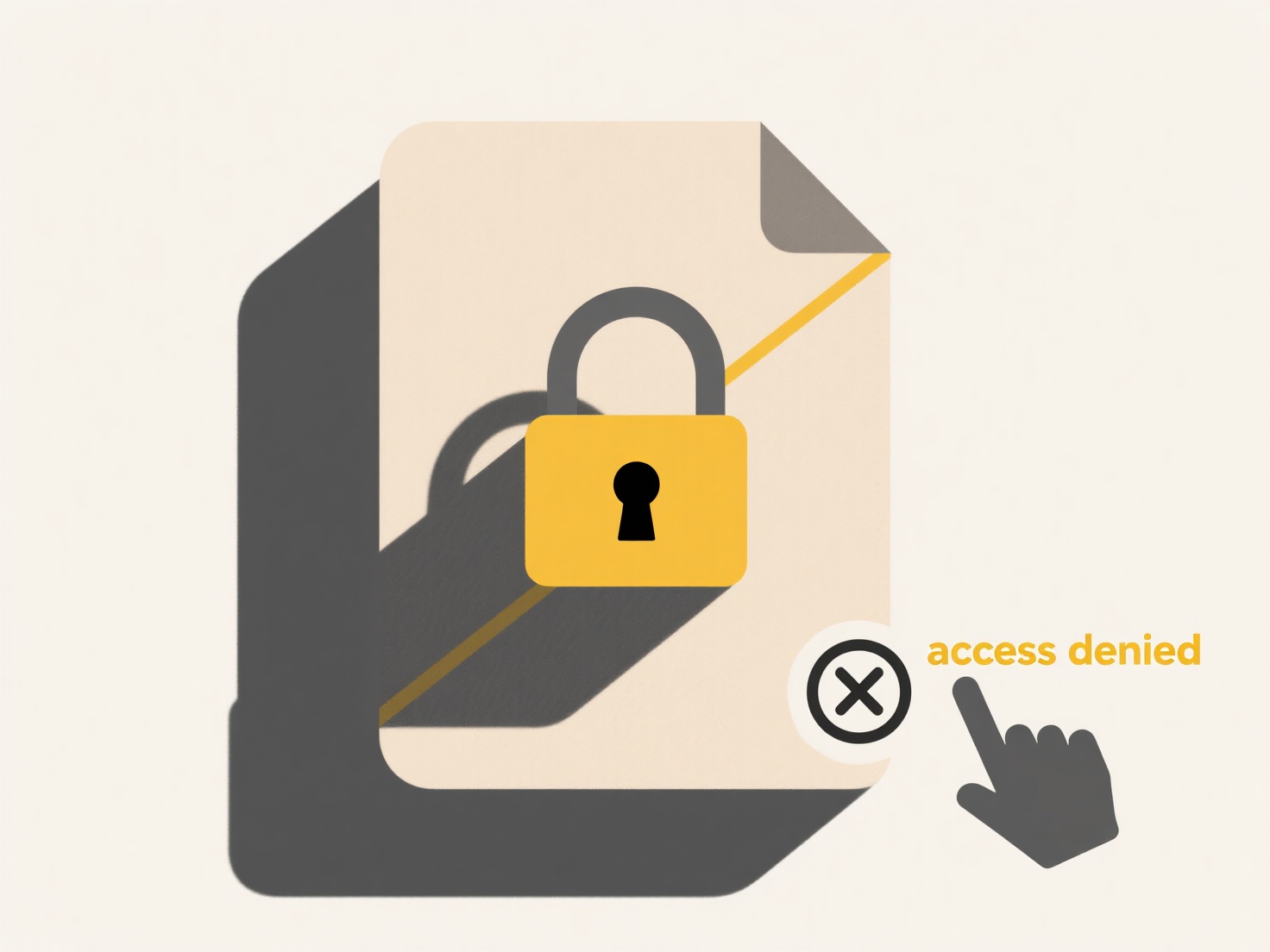
Files in Linux follow the Filesystem Hierarchy Standard (FHS), a convention dictating where programs save data by default. Your personal files, like documents, downloads, or music, reside within your user's dedicated Home directory (/home/yourusername/). System-generated files and application configurations are stored elsewhere under the root directory (/), e.g., /var/log for logs or /etc for settings. This differs significantly from single-user systems like Windows; Linux strictly segregates user data from system data.
For instance, saving a file from the Firefox browser typically places it directly in your ~/Downloads/ folder (where ~ represents your home path). Similarly, when you save a document using LibreOffice, it defaults to ~/Documents/. System services, however, save operational data like web server files in /var/www/ or database files in /var/lib/mysql/. Desktop environments like GNOME or KDE use these ~ subdirectories consistently.

This structured approach enhances system organization, security (preventing user tampering with core files), and simplifies backups (focusing on /home/). A limitation is the potential initial confusion for users migrating from other operating systems. While the FHS ensures consistency across distributions, advanced users or specific applications can configure different save locations. The clear separation benefits multi-user systems and server environments most significantly.
Where do files save by default on Linux?
Files in Linux follow the Filesystem Hierarchy Standard (FHS), a convention dictating where programs save data by default. Your personal files, like documents, downloads, or music, reside within your user's dedicated Home directory (/home/yourusername/). System-generated files and application configurations are stored elsewhere under the root directory (/), e.g., /var/log for logs or /etc for settings. This differs significantly from single-user systems like Windows; Linux strictly segregates user data from system data.
For instance, saving a file from the Firefox browser typically places it directly in your ~/Downloads/ folder (where ~ represents your home path). Similarly, when you save a document using LibreOffice, it defaults to ~/Documents/. System services, however, save operational data like web server files in /var/www/ or database files in /var/lib/mysql/. Desktop environments like GNOME or KDE use these ~ subdirectories consistently.

This structured approach enhances system organization, security (preventing user tampering with core files), and simplifies backups (focusing on /home/). A limitation is the potential initial confusion for users migrating from other operating systems. While the FHS ensures consistency across distributions, advanced users or specific applications can configure different save locations. The clear separation benefits multi-user systems and server environments most significantly.
Quick Article Links
Can file permissions be transferred to another file copy?
File permissions are metadata attached to files that dictate access rights for users or groups. Permissions define who c...
Why is my search function so slow?
A slow search function typically means queries take too long to return results. This delay can stem from technical facto...
How do I create a unique file name automatically?
Creating a unique file name automatically involves generating a distinct identifier for a file without requiring manual ...